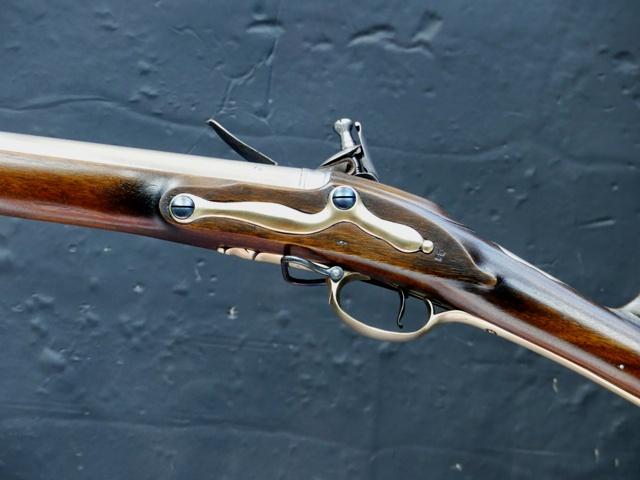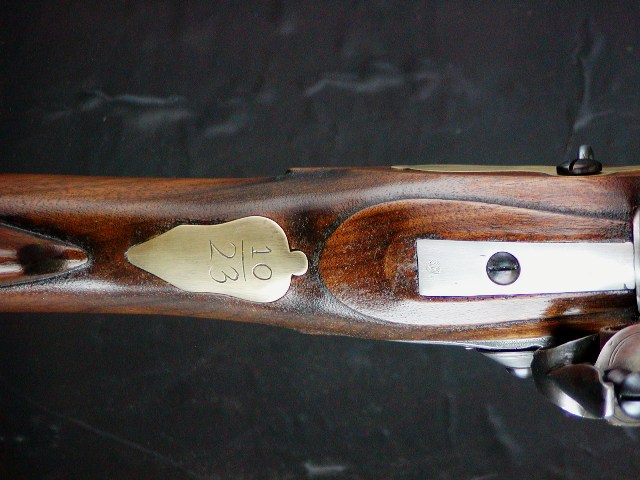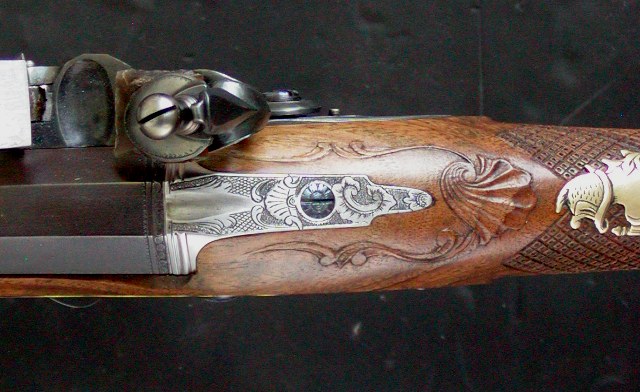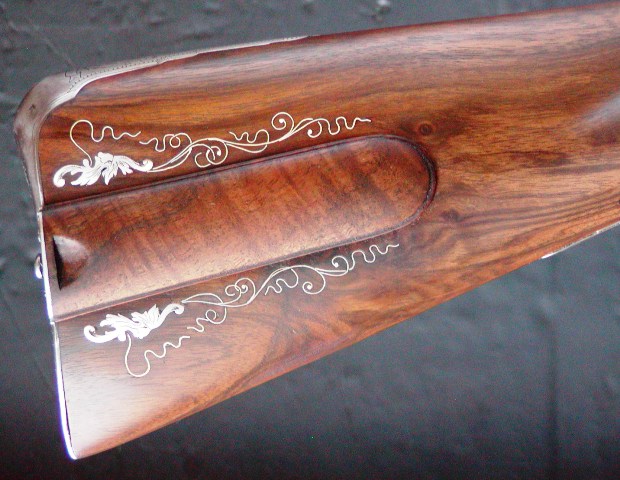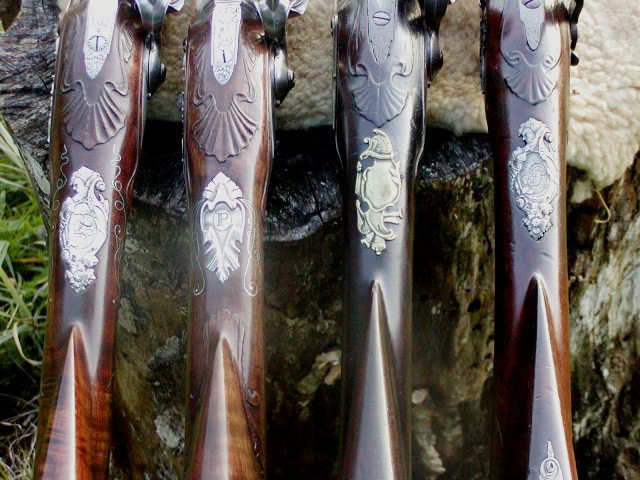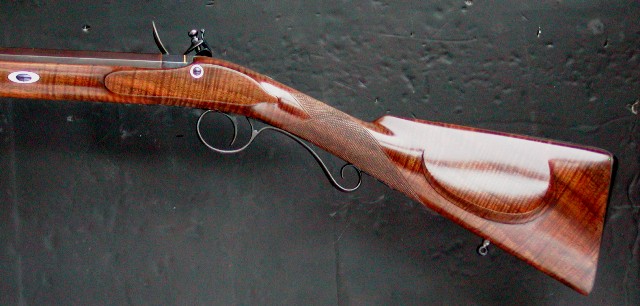Bark-eater
40 Cal
The coffee can is getting close to full, and I'll be ordering a Kibler Fowler soon.
Kibler describes it as having "Styling from the 1760's - 1770's"
My interests are a bit earlier, say 1750's
I'm wondering what I can do to make the "Styling" more representative of an earlier commonly available, bog standard "Hardware store Fowler"?
A walnut stock is a definite, and I will hand scrape it, but I don't have a real feeling about what kind of stock finish to use.
I also have no idea how to approach the metal finishing. I'm assuming that browning and bluing treatments came along later, so I'm inclined to finish the barrel and lock bright, and maybe do a bit of ageing from there.
I'm also thinking about having my initials engraved on the thumb piece. I don't want to spend to much extra on engraving, but are there any engraved embellishment's that would help "Fake" an earlier origin?
Thanks, Woody
Kibler describes it as having "Styling from the 1760's - 1770's"
My interests are a bit earlier, say 1750's
I'm wondering what I can do to make the "Styling" more representative of an earlier commonly available, bog standard "Hardware store Fowler"?
A walnut stock is a definite, and I will hand scrape it, but I don't have a real feeling about what kind of stock finish to use.
I also have no idea how to approach the metal finishing. I'm assuming that browning and bluing treatments came along later, so I'm inclined to finish the barrel and lock bright, and maybe do a bit of ageing from there.
I'm also thinking about having my initials engraved on the thumb piece. I don't want to spend to much extra on engraving, but are there any engraved embellishment's that would help "Fake" an earlier origin?
Thanks, Woody




